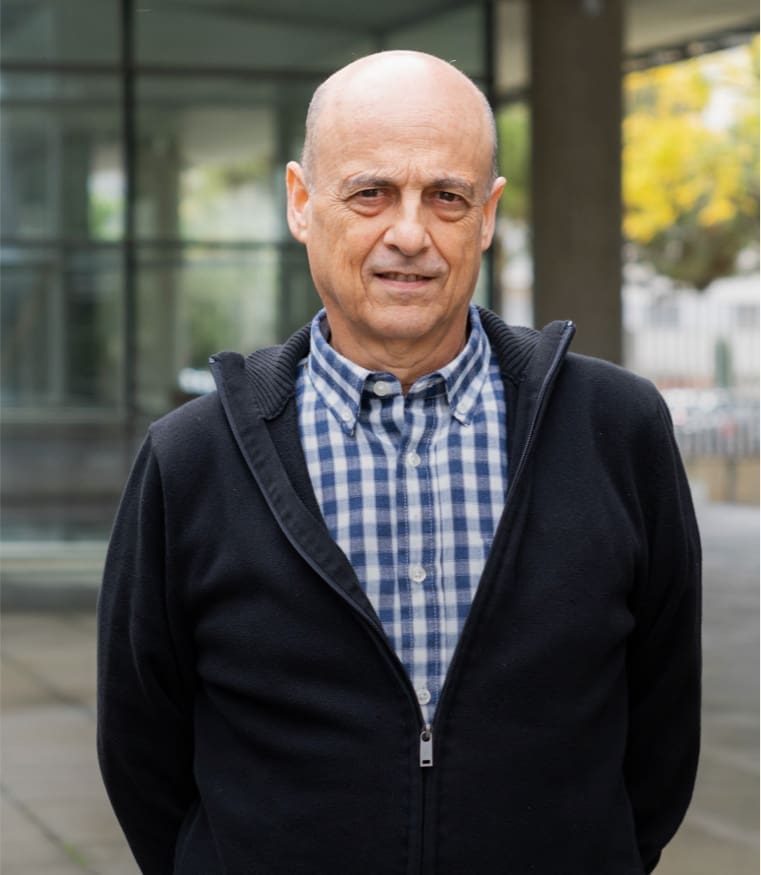Copper(II) Hexaaza Macrocyclic Binuclear Complexes Obtained from the Reaction of Their Copper(I) Derivates and Molecular Dioxygen
Density functional theory (DFT) calculations have been carried out for a series of CuI complexes bearing N-hexadentate macrocyclic dinucleating ligands and for their corresponding peroxo species (1c–8c) generated by their interaction with molecular O2. For complexes 1c–7c, it has been found that the side-on peroxodicopper(II) is the favored structure with regard to the bis(-oxo)dicopper(III). For those complexes, the singlet state has also been shown to be more stable than the triplet state. In the case of 8c, the most favored structure is the trans-1,2-peroxodicopper(II) because of the para substitution and the steric encumbrance produced by the methylation of the N atoms. CuII complexes 4e, 5e, and 8e have been obtained by O2 oxidation of their corresponding CuI complexes and structurally and magnetically characterized. X-ray single-crystal structures for those complexes have been solved, and they show three completely different types of CuII2 structures: (a) For 4e, the CuII centers are bridged by a phenolate group and an external hydroxide ligand. The phenolate group is generated from the evolution of 4c via intramolecular arene hydroxylation. (b) For 5e, the two CuII centers are bridged by two hydroxide ligands. (c) For the 8e case, the CuII centers are ligated to terminally bound hydroxide ligands, rare because of its tendency to bridge. The evolution of complexes 1c–8c toward their oxidized species has also been rationalized by DFT calculations based mainly on their structure and electrophilicity. The structural diversity of the oxidized species is also responsible for a variety of magnetic behavior: (a) strong antiferromagnetic (AF) coupling with J = -482.0 cm-1 (g = 2.30; = 0.032; R = 5.6 × 10-3) for 4e; (b) AF coupling with J = -286.3 cm-1 (g = 2.07; = 0.064; R = 2.6 × 10-3) for 5e; (c) an uncoupled CuII2 complex for 8e.

M. Costas, X. Ribas, A. Poater, J. M. Balvuena, R. Xifra, A. Company, M. Duran, M. Solà, A. Llobet, M. Corbella, M. A. Usón, J. Mahía, X. Solans, X. Shan, J. Benet-Buchholz
Inorg. Chem. 2006, 45, 3569-3581
DOI:
Go to the journal

Let's create a brighter future
Join our team to work with renowned researchers, tackle groundbreaking
projects and contribute to meaningful scientific advancements



















